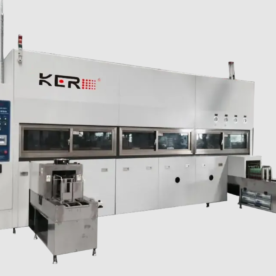- Home
- /
- About company
- /
- News
- /
- How does a horizontal boring machine work
How does a horizontal boring machine work
How Does a Horizontal Boring Machine Work?
A horizontal boring machine, also known as a horizontal boring mill, is a specialized machining tool used to create precise holes and cavities in large workpieces. It operates on the principle of rotary cutting, enabling it to bore holes horizontally into materials like metal, wood, or plastics. Here’s a detailed look at how horizontal boring machines work:
1. Basic Structure of a Horizontal Boring Machine:
A horizontal boring machine consists of several key components:
- Bed: The bed is a sturdy base that supports the workpiece and the various machine components.
- Spindle: The spindle is the main rotating component of the machine. It holds the cutting tool and can move both vertically and horizontally.
- Column: The column is a vertical support structure that holds the spindle and allows it to move up and down.
- Table: The table is a work surface that can move in multiple directions to position the workpiece accurately.
2. Setup and Workpiece Clamping:
To begin the machining process, the operator secures the workpiece to the table using clamps or fixtures. Proper alignment and stability are crucial to achieve accurate results.
3. Tool Selection and Setup:
The operator selects the appropriate cutting tool based on the required hole size, depth, and material. The chosen tool is installed in the spindle, which can accommodate various tool types, such as drills, boring bars, or end mills.
4. Setting Parameters:
The operator sets the parameters for the machining operation, including the spindle speed, feed rate, and depth of cut. These settings are determined by factors like the material being machined and the desired hole specifications.
5. Boring Operation:
With the workpiece securely clamped and the tool properly set up, the operator initiates the boring operation. The horizontal boring machine can move the workpiece and the cutting tool in multiple axes to ensure precise hole placement and depth.
6. Rotary Cutting Action:
As the spindle rotates, the cutting tool engages with the workpiece’s surface. The tool’s cutting edges remove material by shearing it away, creating a hole with the desired dimensions.
7. Coolant System:
During the machining process, a coolant system is often used to lubricate the tool, dissipate heat, and flush away chips and debris. This cooling and lubrication help prolong the tool’s life and maintain the quality of the machined hole.
8. Monitoring and Quality Control:
Throughout the machining process, the operator monitors the machine’s performance and checks the dimensions of the holes being created to ensure they meet the required specifications.
What Is a Horizontal Boring Machine Used For?
Horizontal boring machines are versatile tools with a wide range of applications across various industries. Some common uses include:
- Manufacturing of Engine Blocks and Cylinder Heads: In the automotive industry, horizontal boring machines are used to create precise holes and bores in engine components.
- Aerospace Manufacturing: These machines are employed to produce accurate holes in aircraft components, such as landing gear struts and wing spars.
- Construction Equipment: Horizontal boring machines are used to fabricate parts for heavy machinery, including excavators and bulldozers.
- Oil and Gas Industry: They play a crucial role in drilling holes for pipelines, well casings, and drilling platforms.
- Shipbuilding: Horizontal boring machines are used to create openings in ship components like propeller shafts and engine mounts.
- General Manufacturing: They are utilized for various tasks, such as boring holes in large steel structures, creating precision components for industrial machinery, and more.
Q&A
1: How do horizontal drilling machines work?
Horizontal drilling machines, often referred to as directional boring machines, work by drilling holes horizontally underground. These machines use a rotating drill bit attached to a hollow drill pipe. As the drill bit advances, it creates a tunnel underground, allowing for the installation of utilities like water and gas pipes or electrical conduits without the need for trenching. Horizontal drilling machines are guided by specialized equipment that allows operators to control the direction and depth of the bore.
2: How does a horizontal boring machine differ from a vertical boring machine?
Horizontal boring machines and vertical boring machines are both used for machining operations, but they differ in their orientation and applications. Horizontal boring machines bore holes horizontally into large workpieces, making them suitable for tasks such as creating engine blocks, cylinder heads, and heavy machinery components. In contrast, vertical boring machines, also known as vertical lathes or turret lathes, bore holes vertically into workpieces mounted on a vertical spindle. Vertical boring machines are often used for operations like turning and facing cylindrical parts.
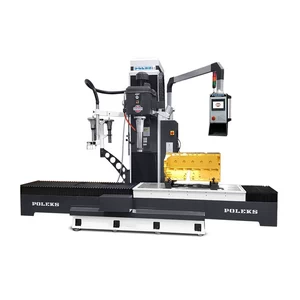
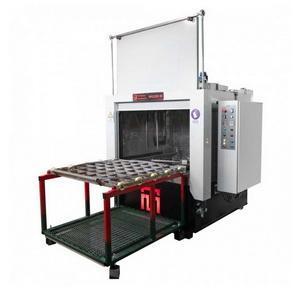
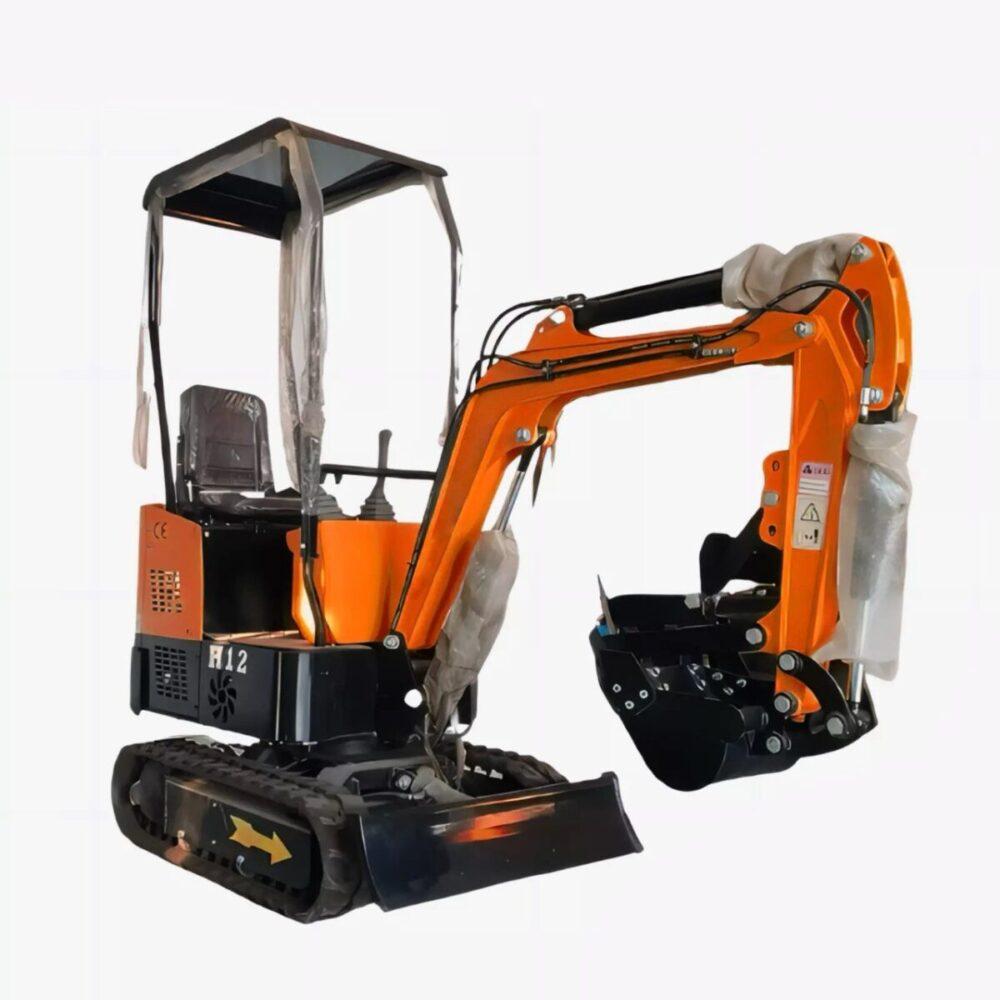
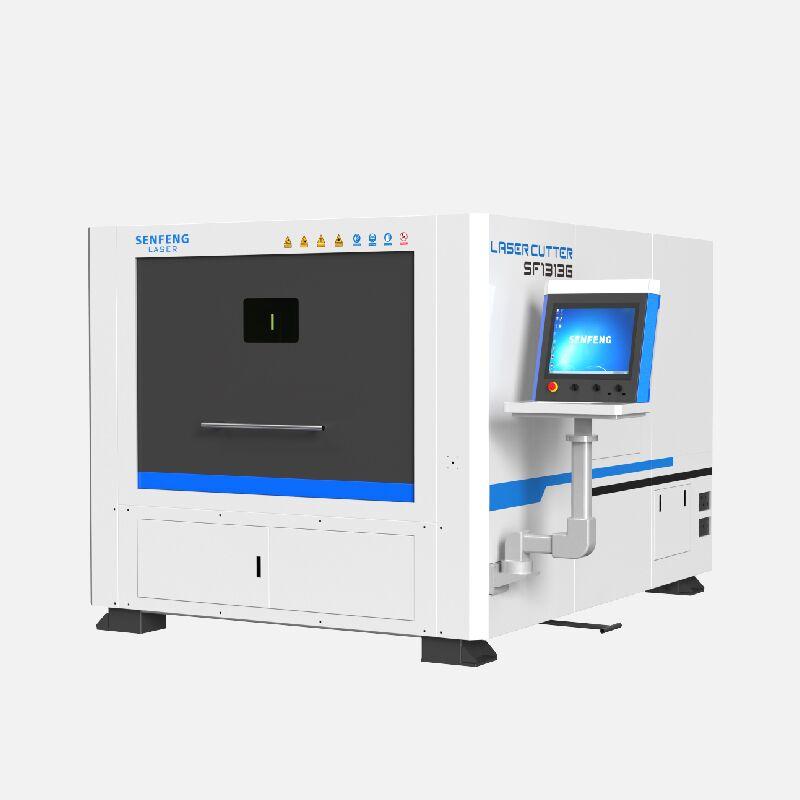


 Copy the link
Copy the link
